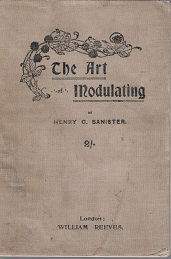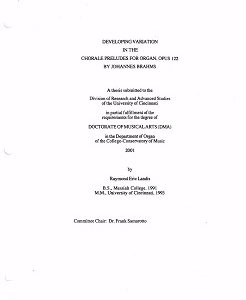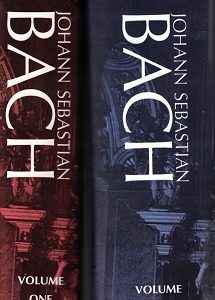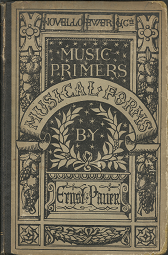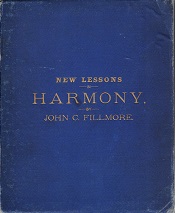The Piano as an Orchestra: The Accompanist and the Twentieth-Century Orchestral Reduction
$50.00
A Dissertation Prepared for the Degree of Doctor of Musical Arts, University of North Texas, August 2002. Victoria DiMaggio Lington, B.M., M.M.
The musical developments of the 20th century have expanded the role of the accompanist. As the compositional output of our time increases, and the opportunity to perform as soloist with an orchestra diminishes, piano reductions of an orchestral score are becoming the most frequent vehicle for concerto performances of twentieth and twenty-first century instrumental literature. While the current state of research provides solid support to many accompanists, it is in the area of instrumental accompanying, especially with regard to the challenges of playing a reduction of an orchestral score with an instrumental soloists, that the lack of discourse becomes strikingly evident. It is the goal of this study to provide the instrumental accompanist with concrete, practical approaches and considerations in order to perform an orchestral reductions in a manner consistent with the integrity of the score.
Problems such as identifying the represented orchestral instruments, delineating importance of musical lines, and basic uses and misuses of pedal, articulation, and rubato are discussed. The pianist is led through ways of deciphering and negotiating specific passages, in order to guide the accompanist through the possible pitfalls and challenges unique to many orchestral reductions. By focusing on twentieth century reductions, providing examples of problems and discussing sways to solve them, the pianist will be able to apply these to any reduction encountered, not just those specifically illustrated here.
These basic principles of discerning common problems and appropriately reconciling them are then applied in a more advanced form to Robert Nelson’s and a comparison of the orchestral score to the reduced piano score, the accompanist will explore detailed techniques of performing this work in a manner that upholds the original “orchestral” intent of the music.
Unbound thesis. Three holes punched for a binder. There is little to no wear. Clean text.
v1 bx-23
1 in stock


